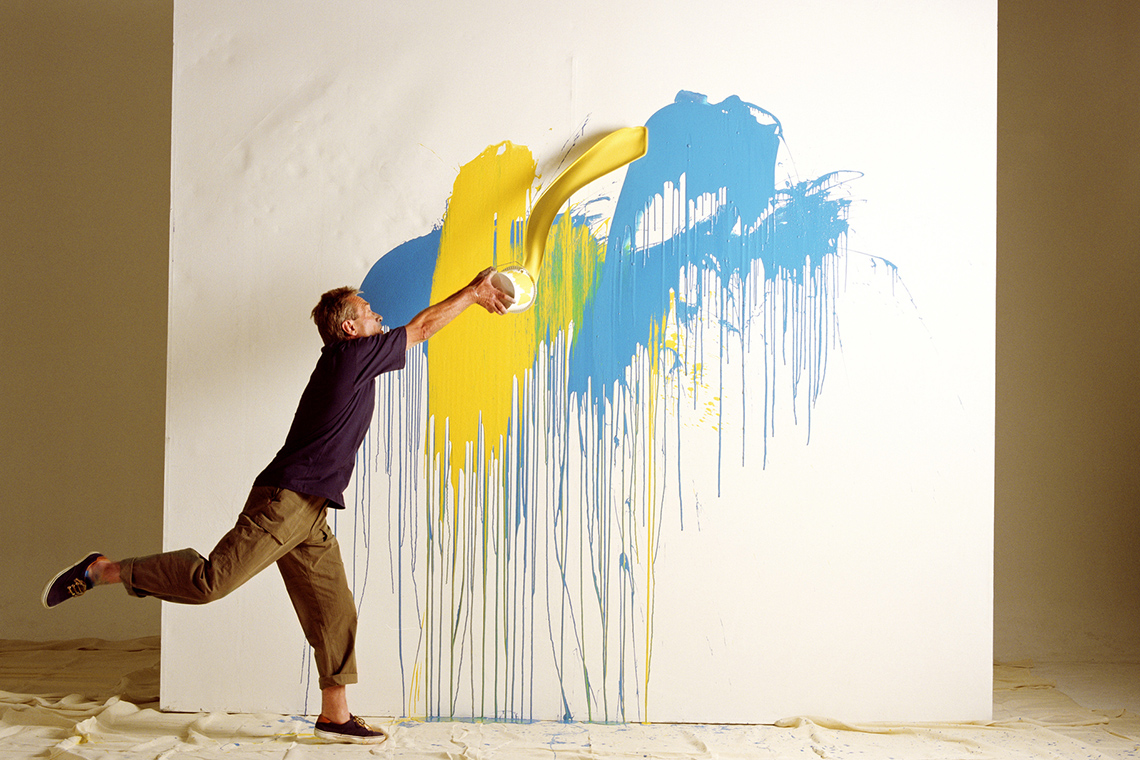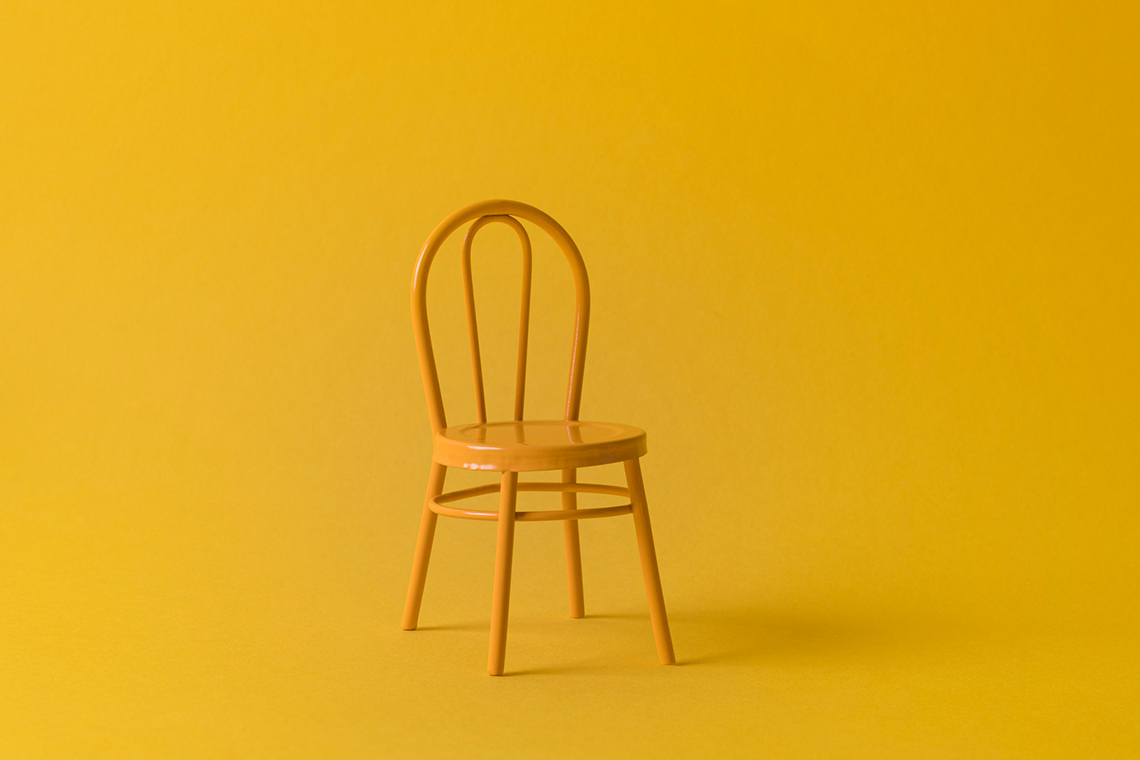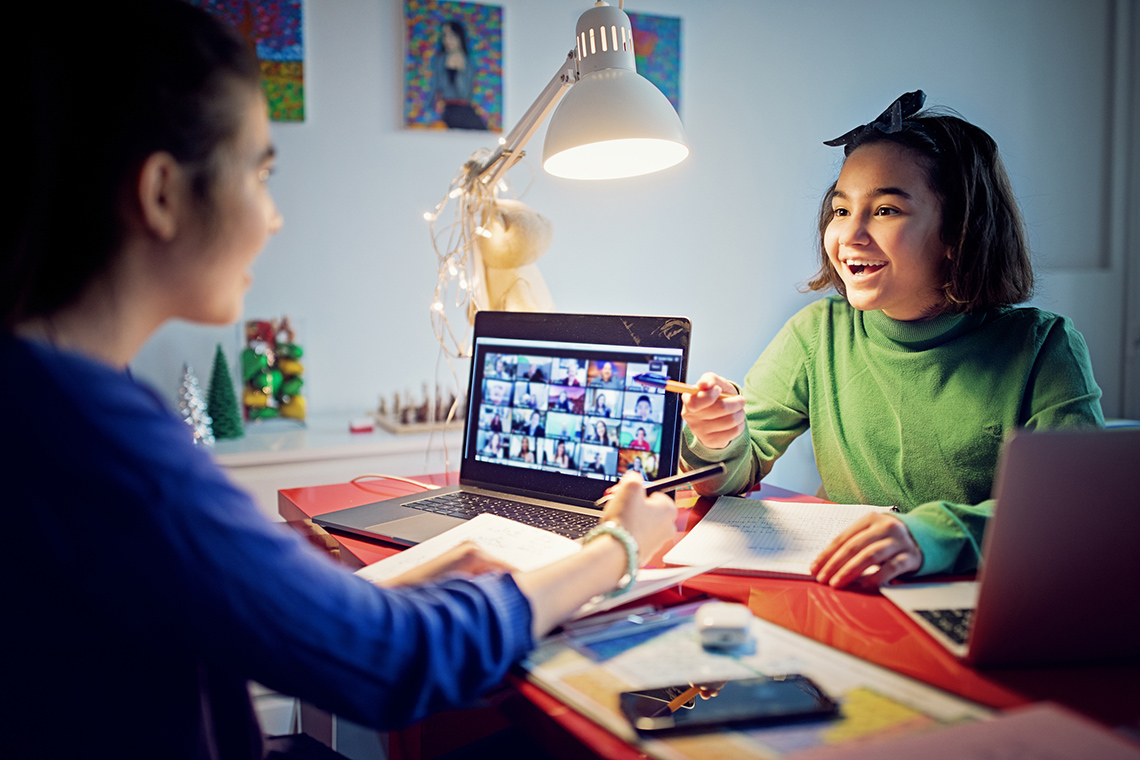Minds On
Let’s get started!
Press the following tabs to access today’s vocabulary.
Positive space: The space that a body uses or occupies. Also review the definition of negative space.
Negative space: The unoccupied space surrounding a body, in the opening created by body shapes, or between bodies. Also review the definition of positive space.
The route or movement taken from point A to point B; or a pattern or design created on the floor or in the air by movements of the body (e.g., the arm moving in a circular motion creates a circular air pathway; galloping across the general space in a zigzag motion creates a ground pathway).
Improvisation is movements that are created spontaneously by a dancer. Mirroring is a strategy that is often used to explore movements and generate improvised movements
Press ‘Mirroring’ to access its definition.
Mirroring is a strategy for exploring movement and generating movement ideas.

If you can, position yourself in front of a mirror. If not, follow along with the prompts on your own.
Safety
Before you begin, consider these safety precautions:
For the mirroring activity to work, the movements must be slow and sustained. Consider what kinds of movements you could make in front of the mirror (or on your own).
Use any or all the following movement prompts to help guide your ideas:
- How could you create a movement with both arms?
- How could you create a movement with just one arm?
- How could you create a movement that goes across your body (cross-lateral movement)?
- How could you create a movement that uses your feet?
- How you could travel to one side or the other?
- How could you change levels?
- How could you travel closer/further away from the mirror?
If possible, try the mirroring activity with a partner. One of you creates slow and sustained movements and the other follows the movements as if they were the mirror. Switch roles!

Action
Get ready, get set…
Task 1: Improvising with a prop
Positive space is the space that a body or object takes up. Negative space is the open space around a body or object.
Imagine an artist’s canvas. Whatever is painted on the canvas would be the positive space and the blank canvas that’s leftover would be the negative space.

Select a large prop of your choice that will be used to explore improvised moments. Consider selecting an object that has a lot of negative space around it such as a chair, a bench, a table, etc.

Portfolio
Portfolio
Consider adding this Movements with a Prop document to your portfolio.
Improvise some of the ways you could create movements with the prop you chose. Select the prompts that work for the prop you chose.
Complete the Movements with a Prop in your notebook or using the following fillable and printable document. If you would like, you can use speech-to-text or audio recording tools to record your thoughts. If possible, share with a partner.
| Prompt... | Your movement ideas... |
|---|---|
| How could someone dance around the prop? | |
| How could someone dance over the prop? | |
| How could someone dance under the prop? | |
| How could someone dance in front of the prop? | |
| How could someone dance behind the prop? | |
| Other ideas not listed? |
Press the ‘Activity’ button to access Movements with a Prop.
Go!
Task 2: Improvising the elements of dance
Select three of the movements you explored in the previous section. Consider how someone might dance these movements without the prop.
For example, if this was the original movement:

Then it might become this:

Portfolio
Portfolio
Consider adding this document, dance, item to your portfolio.
Using the Movements Without a Prop graphic organizer, note down your three movement ideas in the first two columns of the chart.
Complete the Movements Without a Prop in your notebook or using the following fillable and printable document. If you would like, you can use speech-to-text or audio recording tools to record your thoughts.
| Original movement: | How it could be done without the prop: | Improvise with the elements of dance: |
|---|---|---|
Press the ‘Activity’ button to access Movements Without a Prop.
As an example, explore the following Movements Without a Prop - Example.
| Original movement | How it could be done without the prop | Improvise with the elements of dance |
|---|---|---|
| Crawling under the piano bench | Crawling from one side of the space to the other in a straight line | |
| Walking around the piano bench | Walking in a circle | |
| Jumping in front of the piano bench | Jumping from the back of the space forwards |
Press the ‘Activity’ button to access Movements Without a Prop – Example.
Now, let’s improvise with the elements of dance! Select three of the following elements that you want to use:
- change the level of the movement
- change the movement to faster
- change the movement to slower
- change the body base of the movement
- change the pathway of the movement
- change the energy of the movement (e.g., do it as if you are floating, or moving through mud)

A three-panel image.
Image one. A person running quickly in a circle.
Image two. A person crawling on their hands and knees in a circle.
Image three. A person walking forward in a zig-zag pattern.
Portfolio
Portfolio
Consider adding this Movements Without a Prop to your portfolio.
Revisit and complete the “Movements Without a Prop” graphic organizer in your notebook or using the following fillable and printable document. You will use one of the three elements you chose for each movement. Add your ideas about how to improvise to the column on the right. Consider how you might sequence these three movements together into a short dance sequence. If you would like, you can use speech-to-text or audio recording tools to record your thoughts.
If possible, share your movements with a partner!
| Original movement | How it could be done without the prop: | Improvise with the elements of dance: |
|---|---|---|
Press the ‘Activity’ button to access Movements Without a Prop.
Consolidation
Putting it all together
Use the following questions to reflect on your learning.
- What might be some of the advantages of using improvisation in dance? What are some of the disadvantages?
- Do you prefer creating movements that are improvised or movements that are choreographed? Explain your answer.
- Can you think of other ways you might improvise movements as a starting point to creating dance sequences?
Record your responses using a method of your choice.

Reflection
As you read through these descriptions, which sentence best describes how you are feeling about your understanding of this learning activity? Press the button that is beside this sentence.
I feel…
Now, record your ideas using a voice recorder, speech-to-text, or writing tool.